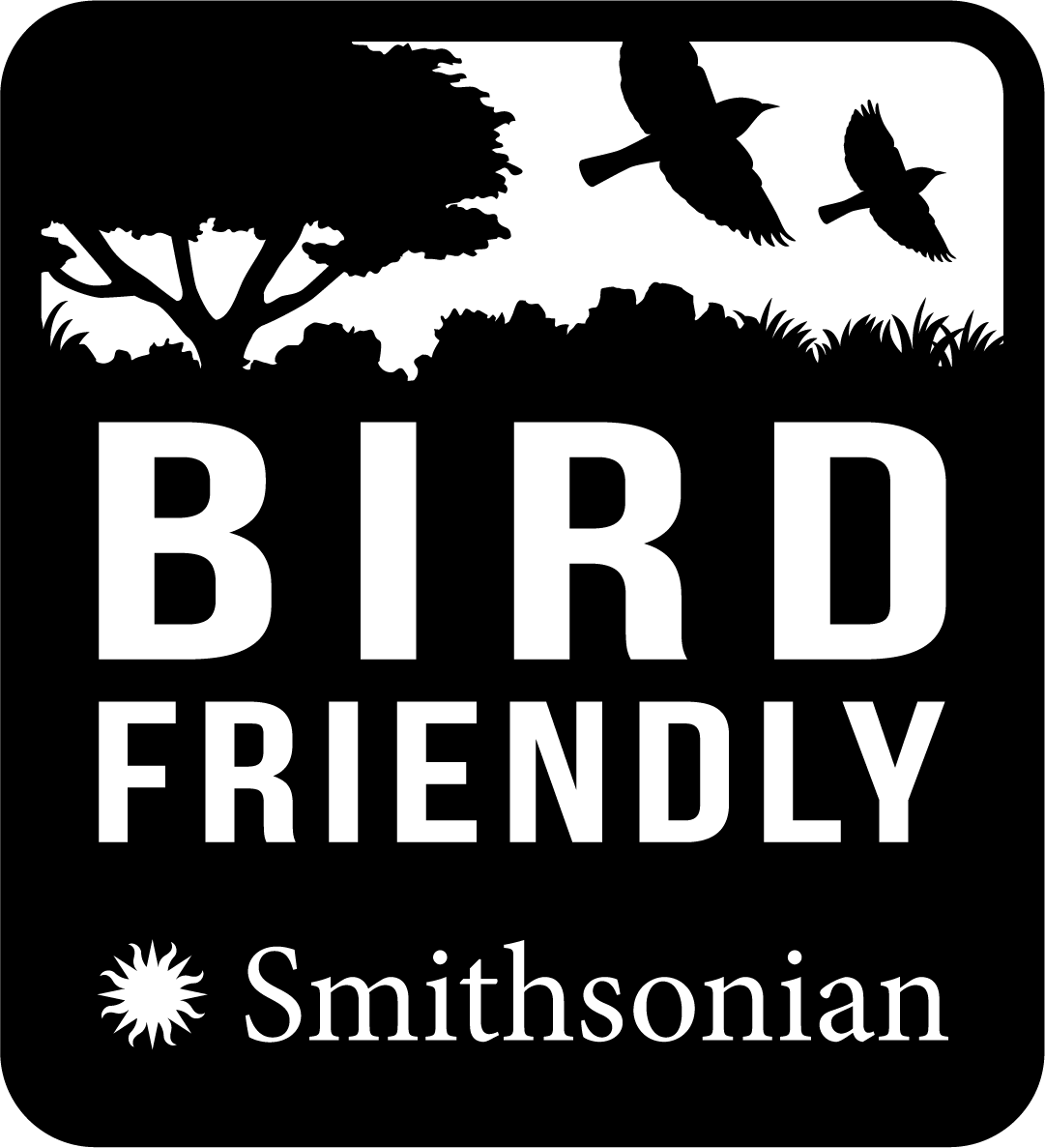

All other claims are self-reported, and many are meaningless. Two decades later, this remains the ONLY certification for shade-grown or bird-friendly coffee. The SMBC acted by creating a rigorous certification program for small coffee growers to encourage the production of Bird Friendly™ coffee. and warblers like the American redstart, chestnut-sided and black-throated blue. In the U.S., each spring migration brought fewer scarlet tanagers, orioles. The new farms lacked the structural habitat needed by birds, and they could not support the rich insect life so critical for bird survival and reproductive success. The ecological effects of this drastic change were studied by ecologists from the Smithsonian Migratory Bird Center (SMBC), and what they found was alarming. To increase production, agribusiness began to plant sun-tolerant coffee hybrids in large plantations. In the 1980s and ’90s, farmers were encouraged to clear-cut and grow coffee as a row plant. Coffee is part of the problem, but it doesn’t have to be.Ĭoffee was traditionally grown under a natural shade canopy of diverse native trees and tall shrubs, its ideal environment. This brings me back to that steaming cup of coffee. Wouldn’t it be wonderful if some small daily action on our part could help reverse their steady decline before it’s too late?

My focus here will be on the beautiful tanagers, orioles and warblers that leave us to fly south in winter to Mexico and Central and South America. The beautiful flute-like song of the wood thrush is heard less and less often. Geological Services Breeding Bird Survey, represent a treasure trove of data that have revealed a precipitous decline in many species, even once common birds like the bobwhite and the eastern meadowlark. Annual bird counts, in particular the Christmas Bird Count and the U.S. If that hot beverage be coffee, therein lies a tale, but first let me put a damper on this happy scene.īirds are in BIG trouble on so many fronts. Most people are more casual observers, placing feeders to attract such beauties as cardinals, bluebirds and goldfinches, whose antics can be enjoyed outside in warm weather or from a comfortable perch inside on a cold winter’s day, preferably with a hot beverage in hand. Some of us participate in official bird counts - such as the 118th Audubon Christmas Bird Count coming up this Friday - to keep tabs on how our birds are faring. I am going to assume that you are one of the nearly 50 million Americans who love to watch birds.


 0 kommentar(er)
0 kommentar(er)
